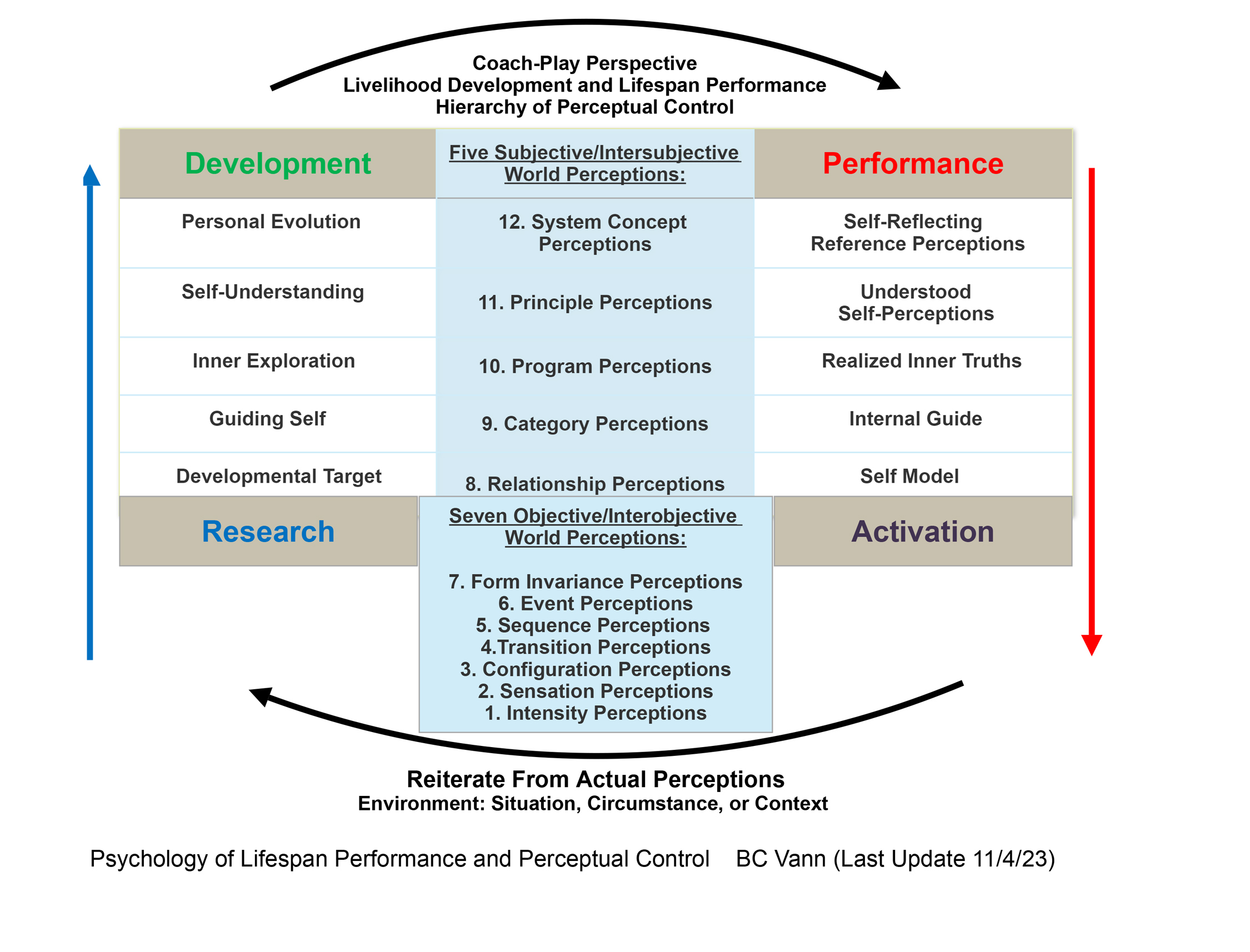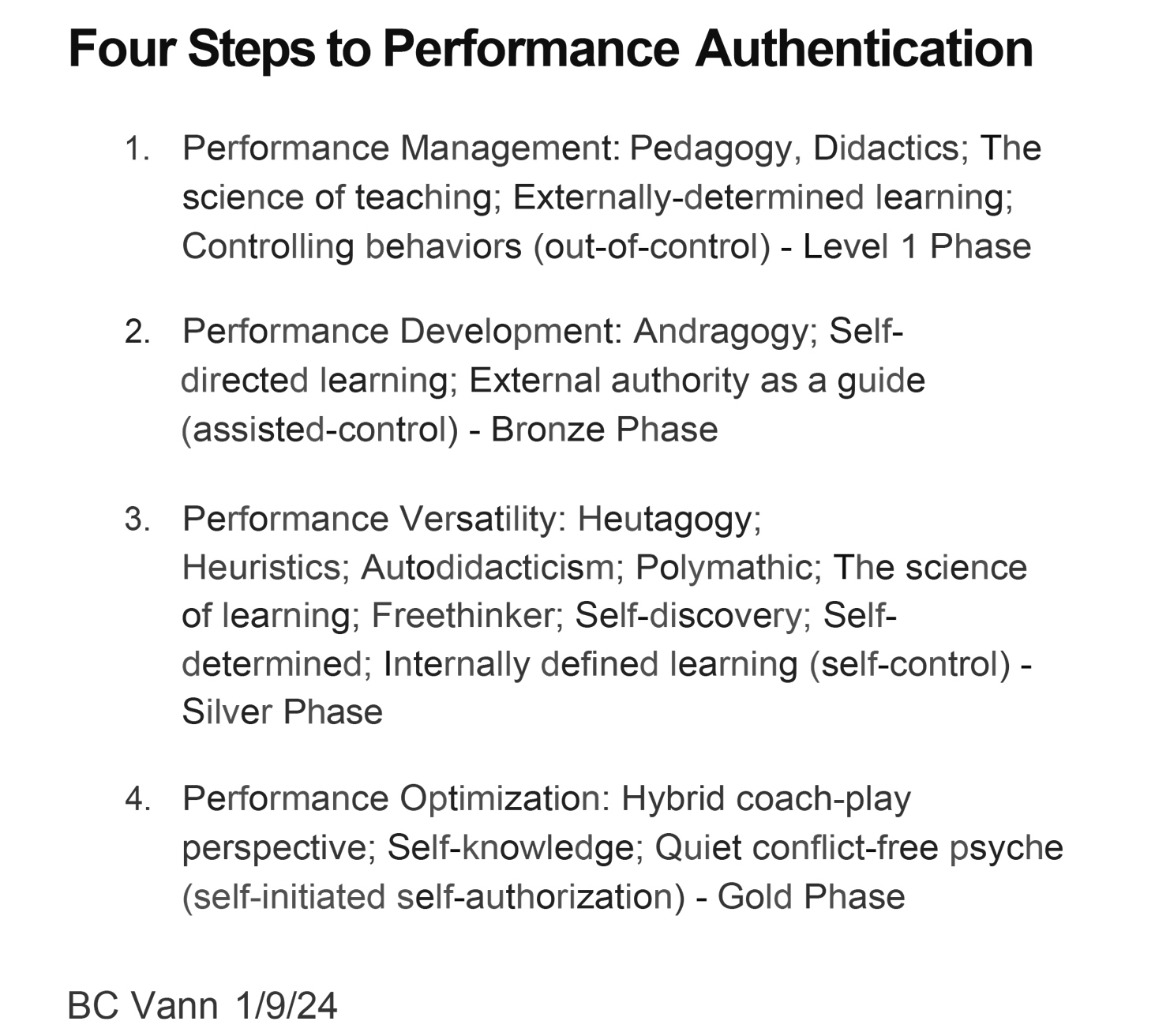As Your Resource For Self-Development
- The Optima Bowling Coach (2025)
The Emotional Level of Being
(Page Updated 4/12/25)
Within the systems-of-systems ideology at the heart of Optima Bowling, the emotional level of being occupies a central and transformative position in the human development-activation arc. Not merely a layer of affective experience or mood regulation, the emotional level of being represents a pivotal bridge between the physical and mental dimensions of the self; it is here, in the dynamic play of attractive and repulsive emotions, that individuals discover the most immediate feedback mechanisms guiding their evolution from potentiality to actuality.
Understanding Emotions Within the Framework of Potentiality and Actuality
Emotions are often misunderstood in both academic and popular discourse. They are framed as irrational reactions to stimuli or merely byproducts of cognitive evaluations. However, the Optima Bowling perspective, informed by the Psychology of Lifespan Performance and Perceptual Control (LPPC model), offers a richer and more integrated interpretation. In this system, emotions are not simply responses; they are directional signals that reflect the real-time status of alignment or misalignment between a person’s perceptions and their inner reference points. They are instruments of guidance, not obstacles to rational behavior. They are how the self navigates its terrain of becoming.

Locating the Emotional Level in the LPPC Hierarchy
In the LPPC model’s twelve-level hierarchy of perceptions, the emotional level can be best understood as a continuum that stretches from the third to the eighth level. These include configuration perceptions, transition perceptions, sequence perceptions, event perceptions, form invariance perceptions, and culmination in relationship perceptions. Emotion becomes progressively more refined at each layer, transitioning from raw pattern recognition to complex interpersonal awareness.
Configuration perceptions (level 3) mark the beginning of emotional awareness. Here, the individual perceives patterns that evoke comfort, tension, or intrigue. Transition and sequence perceptions (levels 4 and 5) introduce temporality and how things change over time, a vital component of emotional experience. Events (level 6) consolidate these transitions into meaningful clusters. Form invariance (level 7) introduces stability and expectation, which give context to emotional responses. Finally, at level 8, relationship perceptions situate emotional responses within the framework of self and others. These interactions solidify emotion as a core structure in the architecture of the developing self.
The Interplay of Attractive and Repulsive Emotions
The defining feature of the emotional level of being in the LPPC-modeled system is the dichotomy of attractive and repulsive emotions. These are not moral categories or judgments; they are directional indicators. Attractive emotions, such as joy, enthusiasm, love, and curiosity, signal congruence between internal goals and external conditions, they affirm that the self is aligned with its developmental trajectory, and Repulsive emotions, such as fear, anxiety, frustration, sadness, and anger, signal dissonance, serving as markers of misalignment, areas where re-evaluation, recalibration, or reorientation are needed.
It is precisely this bifurcation of emotional responses that empowers the individual to act as a self-guiding system. Attractive emotions promote the continuation of momentum in development, while repulsive emotions urge reflection and revision. In the context of potentiality and actuality, they act as gatekeepers and guides, facilitating the flow from latent capacities to expressed competencies. Their value lies not in their hedonic quality but in their functionality as feedback.

Emotions in the Four Steps of Performance Authentication
The emotional level of being is most visibly active in the second stage of the Four Steps to Performance Authentication: Performance Development. After initial engagement with emotional regulation in Performance Management, the individual enters a deeper exploration in Performance Development. Here, emotions are not just managed but interpreted, internalized, and consciously integrated.
Performance Versatility and Performance Optimization build upon this foundation. In Versatility, emotional responses become flexible and contextually adaptive. In Optimization, emotions are no longer obstacles or challenges but are wholly integrated into the performance architecture. By this point, attractive and repulsive emotions are experienced not as disruptions but as coherent elements of a larger, purpose-driven system.
Bridging the Physical and Mental
From the systemic levels of being, physical-etheric, emotional, mental-causal, the emotional level is the necessary link between the physical and mental domains. The physical organism, while foundational, provides only the raw input. The mental-causal level, while aspirational, requires a structured and stable emotional base to be fully accessed. Emotional experience, then, is the conduit through which sensory data is transformed into meaningful self-awareness and action.
In the Optima Bowling view, an individual cannot authentically ascend toward the mental or causal without a clear reckoning with their emotional terrain. Emotional incoherence disrupts higher-order thinking and obscures causal purpose. Emotional integrity, a state where one understands why and properly interprets emotional signals, is the prerequisite for mental clarity and systemic thinking.
Emotional Intelligence as Emotional Integration
Redefining Emotional Intelligence in this context means repositioning it as Emotional Integration. It is not enough to manage emotions or to read the emotions of others. The task is to integrate emotional awareness into every layer of being and behavior. This integration allows the individual to use emotional information not just reactively, but proactively—as a source of ongoing development, learning, and self-guidance.
This integrated approach also emphasizes the role of emotional experience in perspective development. Emotions play a significant role in the transition from inference thinking to perspective thinking and, ultimately, to systems thinking. The awareness of one’s emotional processes adds depth and dimensionality to thought, allowing for empathy, ethical reflection, and a more nuanced understanding of interconnected systems.
The Emotional Level as a Developmental Crucible
From a developmental perspective, the emotional level can be seen as a crucible—a transformational space where raw experience is refined into conscious understanding. It is the testing ground of the self, where values, identity, and purpose are questioned and solidified. The trials of emotional experience stabilize the self and prepare it for higher levels of abstraction, responsibility, and creativity.
Far from being a liability or an interference, emotion is essential. The energy moves the self from unconscious reaction to conscious evolution and provides the feedback necessary to evaluate whether the self’s actualities align with its potentialities. In this sense, the emotional level is the engineroom of human development.
Conclusion: Cultivating Emotional Integrity
In the Optima Bowling ideology, the emotional level of being is both a developmental stage and a perpetual self-guidance system. Through attractive and repulsive emotions, the individual receives constant feedback on aligning inner purpose and outer expression. These emotional signals are not transient noise but enduring messages, vital for navigating the path from possibility to performance.
Cultivating emotional intelligence is not merely about understanding emotion but also about integrating it. It is to learn from it, to be guided by it, and ultimately, to transform it into a consciously navigated force of development. Emotions, when rightly understood, become the most accessible and immediate tools in the lifelong quest for self-realization.
Thus, the emotional level of being is not just a phase to be managed or passed through. It is a system to be understood, respected, and utilized. As we ascend the systemic architecture of human potential, the emotional level stands as a necessary and transformative middle ground—not only shaping who we are but determining who we are yet to become.
Back To: Emotional Intelligence Redefined